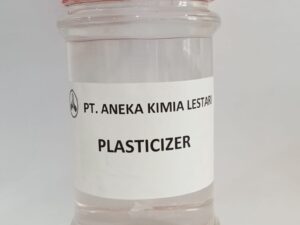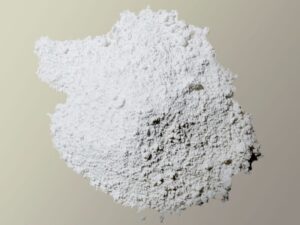Description
The Whitening Wonders and Potential Woes of Bleaching Agents
From sparkling white laundry to stain-free surfaces, bleaching agents are ubiquitous in modern households and industries. These powerful chemicals are valued for their ability to lighten colors, disinfect, and remove stubborn stains. But what exactly are bleaching agents, how do they work, and what are the potential downsides to their widespread use?
What are Bleaching Agents?
Bleaching agents are substances that remove color from materials through a chemical process. They achieve this by either:
- Oxidation: Oxidizing bleaches, like chlorine bleach and hydrogen peroxide, work by releasing oxygen atoms. These oxygen atoms react with the colored compounds in the material, breaking them down and rendering them colorless.
- Reduction: Reductive bleaches, such as sulfur dioxide, work by adding hydrogen to the colored compounds, also altering their structure and removing the visible color.
Common Types of Bleaching Agents:
Here are some of the most common types of bleaching agents found in homes and industries:
- Sodium Hypochlorite (Chlorine Bleach): This is the most widely used type of bleach, often found in household cleaners and laundry detergents. It’s highly effective at disinfecting and removing stains, but can be harsh on fabrics and produce harmful fumes if mixed with other chemicals.
- Hydrogen Peroxide: A milder alternative to chlorine bleach, hydrogen peroxide is often used for whitening teeth, disinfecting wounds, and bleaching hair. It’s also found in some laundry detergents and stain removers.
- Sodium Percarbonate (Oxygen Bleach): This is a dry, granular form of bleach that releases hydrogen peroxide when dissolved in water. It’s commonly found in color-safe laundry detergents and is generally gentler on fabrics than chlorine bleach.
- Sodium Dithionite (Hydrosulfite): This reductive bleach is primarily used in industrial applications, such as bleaching wood pulp for paper production and removing dyes from textiles.
The Benefits of Using Bleaching Agents:
Bleaching agents offer a range of benefits:
- Stain Removal: They effectively remove a wide variety of stains, including food stains, ink, and mildew.
- Disinfection: Many bleaching agents, particularly chlorine bleach, are powerful disinfectants, killing bacteria, viruses, and fungi.
- Whitening: They can brighten and whiten fabrics, teeth, and other materials.
- Deodorization: By eliminating odor-causing bacteria, they can help to freshen up surfaces and fabrics.
- Industrial Applications: Bleaching agents play a crucial role in various industries, including paper manufacturing, textile processing, and wastewater treatment.
The Potential Drawbacks and Safety Concerns:
While bleaching agents offer many advantages, it’s important to be aware of their potential drawbacks and safety concerns:
- Fabric Damage: Harsh bleaches like chlorine bleach can weaken and damage fabrics over time, especially delicate materials.
- Skin and Eye Irritation: Direct contact with concentrated bleaching agents can cause skin irritation, burns, and eye damage.
- Respiratory Irritation: Inhaling fumes from bleaching agents can irritate the respiratory system, especially for individuals with asthma or other respiratory conditions.
- Environmental Impact: Some bleaching agents can be harmful to the environment. Chlorine bleach, for instance, can contribute to the formation of harmful byproducts in wastewater.
- Mixing Hazards: Mixing different cleaning products, especially chlorine bleach with ammonia, can create toxic gases that are dangerous to inhale.
- Color Fading: Bleaching agents can sometimes cause colors to fade or change, especially on dyed fabrics.
Using Bleaching Agents Safely and Responsibly:
To minimize the risks associated with bleaching agents, follow these safety guidelines:
- Read the Label: Always read and follow the instructions on the product label carefully.
- Wear Protective Gear: Wear gloves and eye protection when handling bleaching agents.
- Ventilate the Area: Ensure proper ventilation when using bleaching agents indoors.
- Never Mix Chemicals: Never mix bleaching agents with other cleaning products, especially ammonia.
- Dilute as Directed: Dilute bleaching agents according to the instructions to avoid damaging surfaces or fabrics.
- Test on a Small Area: Before bleaching an entire garment or surface, test the product on a small, inconspicuous area to ensure it doesn’t cause discoloration or damage.
- Store Properly: Store bleaching agents in a cool, dry place, out of reach of children and pets.
- Consider Alternatives: Explore alternative cleaning and stain removal methods that are less harsh and environmentally friendly.
Conclusion:
Bleaching agents are powerful tools for cleaning, stain removal, and disinfection. However, it’s crucial to use them safely and responsibly, understanding both their benefits and potential risks. By following safety precautions and exploring alternative cleaning methods, we can minimize the negative impacts associated with these widely used chemicals and maintain a clean and healthy environment.












Reviews
There are no reviews yet.